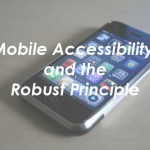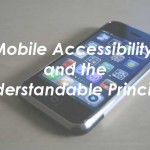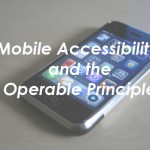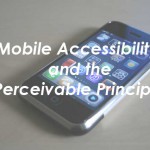If you’ve been watching events unfolding in Egypt on Twitter you are aware of what Andy Carvin from NPR has been doing in terms of collecting and broadcasting tweets. Here’s a good interview with him from My Heart’s in Accra: Interview with Andy Carvin on curating Twitter to watch Tunisia, Egypt.
“The phrase “programmatically determined” features prominently in six of the 61 WCAG 2.0 Success Criteria.” In Programatically Determined at Accessible Culture, you can find out what it’s all about. Here’s a key bit.
When content is properly marked up in HTML, its semantic structure and relationships are in the markup itself. That is, they can be programmatically determined. Because this information is in the code, as it were, supporting technologies can programmatically retrieve it and present it to users in different ways. The information can be transformed…into different sensory formats (e.g., visual, auditory) or styles of presentation needed by individual users.
This is a key aspect of accessible web content and a core concept in WCAG 2.0.
Such information can then be passed along by the browser to whatever other device or software is able to make use of it. Screen readers, voice recognition software, alternative input devices, etc., can tell what each bit of content is and allow users to interact with them accordingly.
Read the comments, too. They are valuable.
HTML5 Accessibility Challenges by Steve Faulkner is a quick summary of some of the issues.




